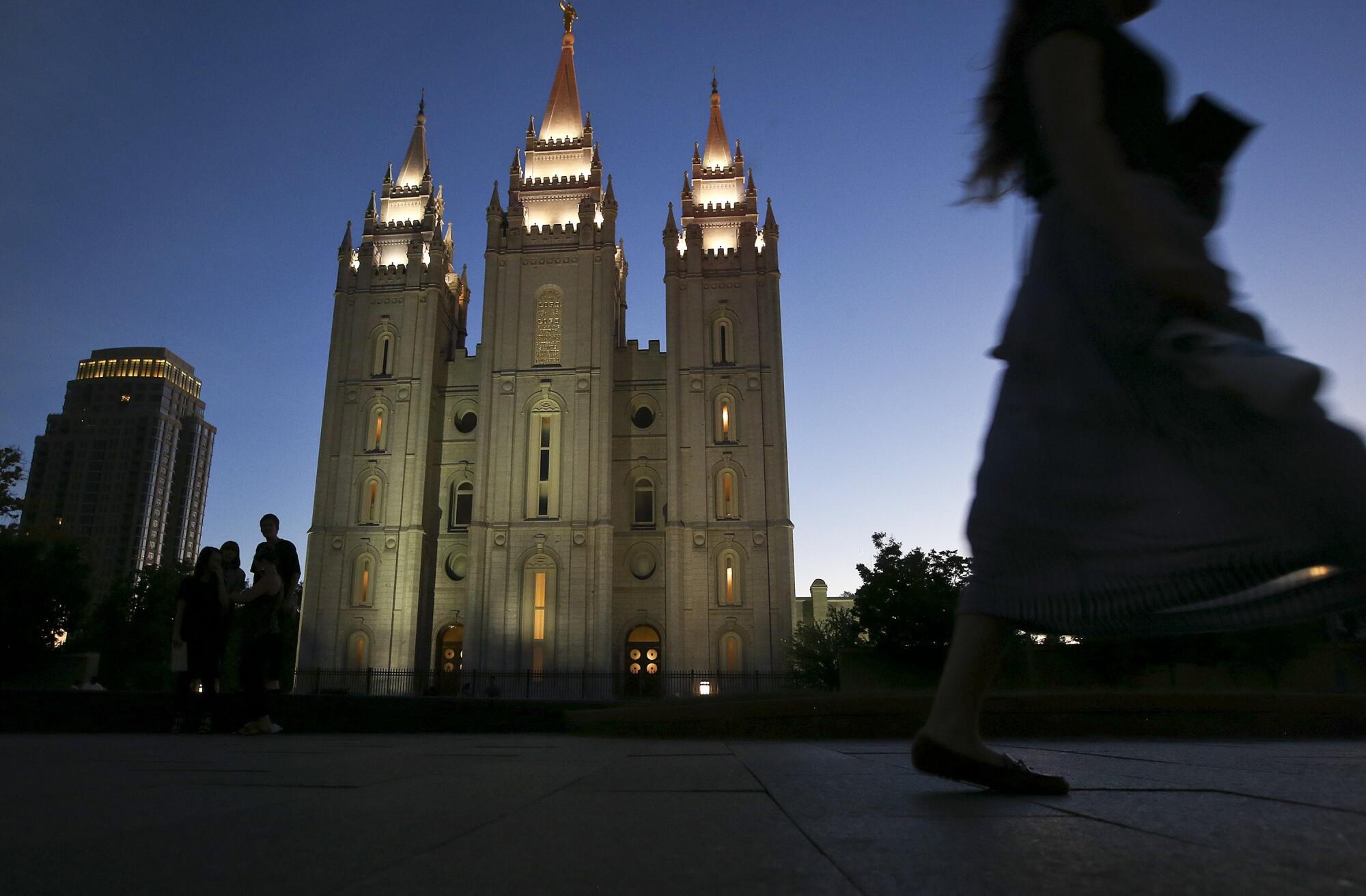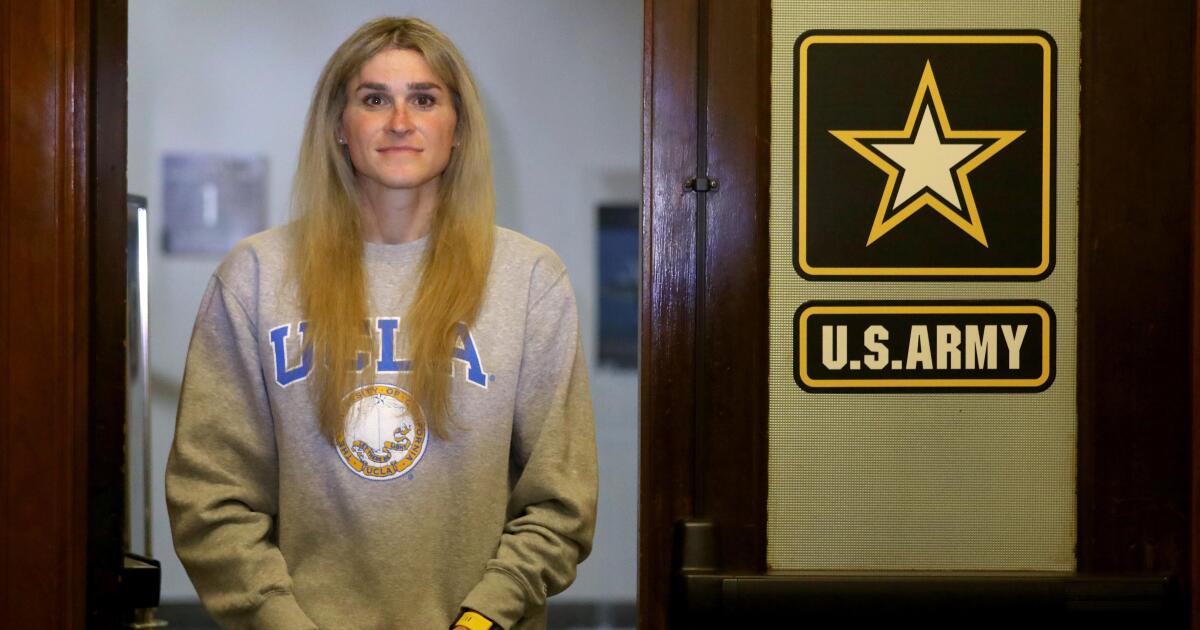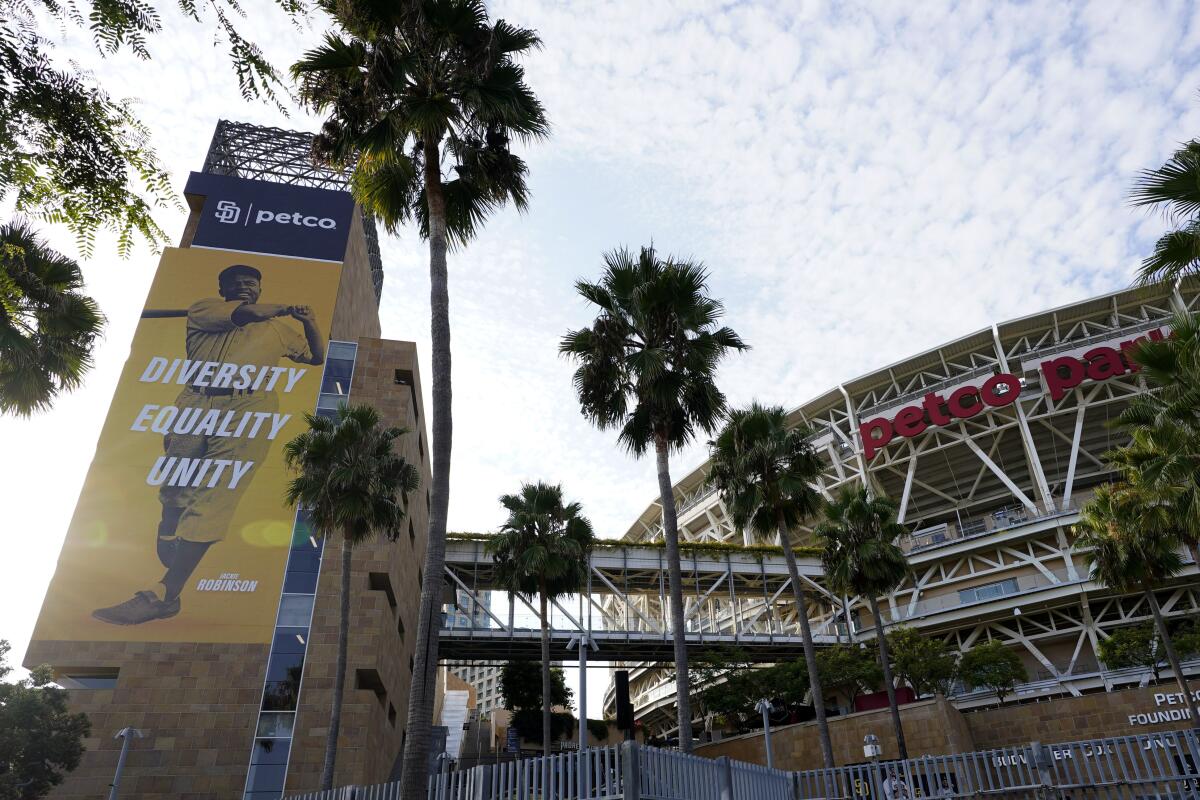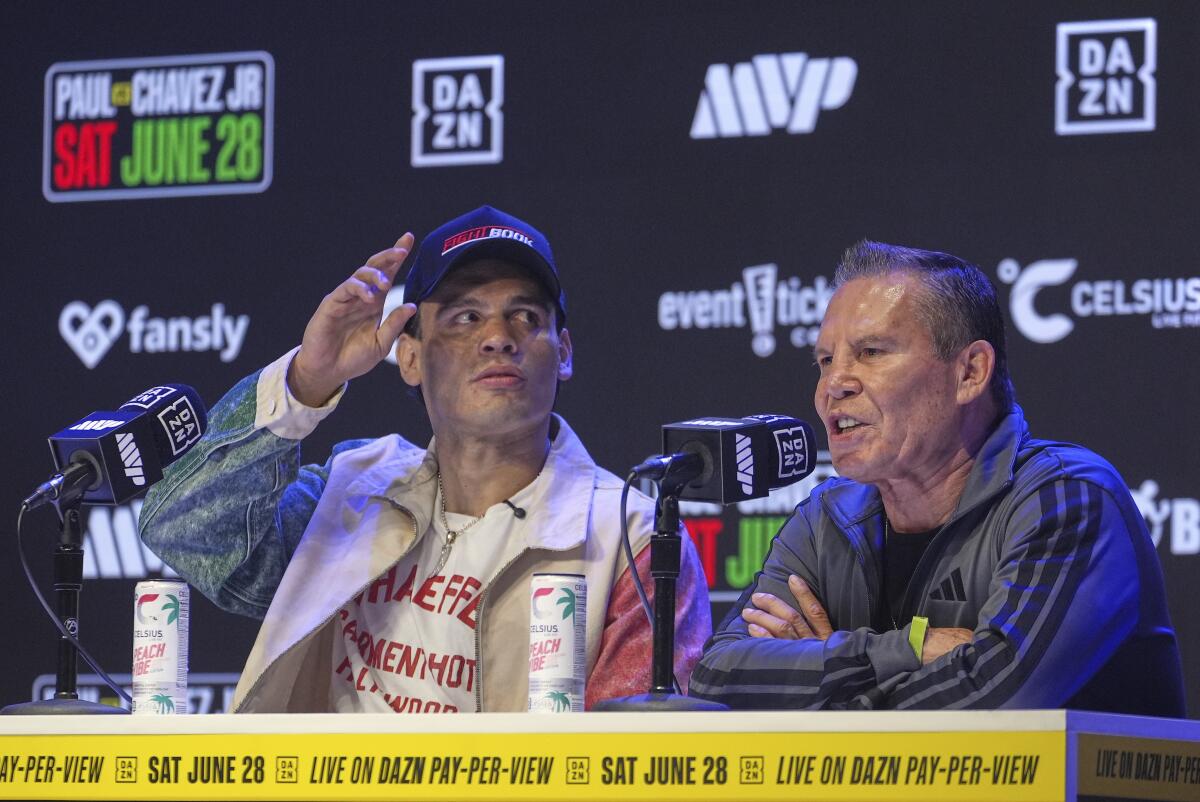On a recent Sunday morning in Provo, Utah, a small congregation of about two dozen people gathered in a church hall for ward services. At the front of the room stood the bishop, who blessed the bread and water in Spanish before passing the trays around for the congregation. The melodic sounds of the piano reverberated across the room as members sang “Welcome Home” — a new hymn for the Church of Jesus Christ of Latter-day Saints.
Ward services like this have brought a consistent comfort and sense of community for Izzy, who came to Provo to study at Brigham Young University a few years ago. But lately, the increased possibility of ICE raids across the country has made him nervous.
“I just couldn’t focus. Just instant anxiety and fear. I worried about my family, and how I was gonna get through this year or the next four or three,” Izzy said. The prospect of an ICE recruitment fair nearby also disturbed him.
When he was just a toddler, Izzy and his parents came from Venezuela to the United States in search of a better life. Then one Christmas, Mormon missionaries brought gifts to their home in West Valley. He and his family were sealed in Utah. He was accepted into the DACA program, Deferred Action for Child Arrivals, years ago.
For many Latino members of the Church of Jesus Christ of Latter-day Saints, there is an ambivalent sense of the Church’s stance on immigrants. There is growing discontent about the Church’s silence regarding the ongoing ICE raids, compared to Catholic leaders like Pope Leo XIV, while others have focused on providing individual help to those in need.
The church has previously issued statements regarding immigration in 2011 and 2018 about the separation of families at the U.S.-Mexico border. But its most recent statement published in January listed three points in order. While it reads similarly to past statements on loving thy neighbor and concern about keeping families together, the first point this time notably focused on “obeying the law.”
When The Times reached out to ask about why the new statement was numbered and in this order, the Church declined to comment.
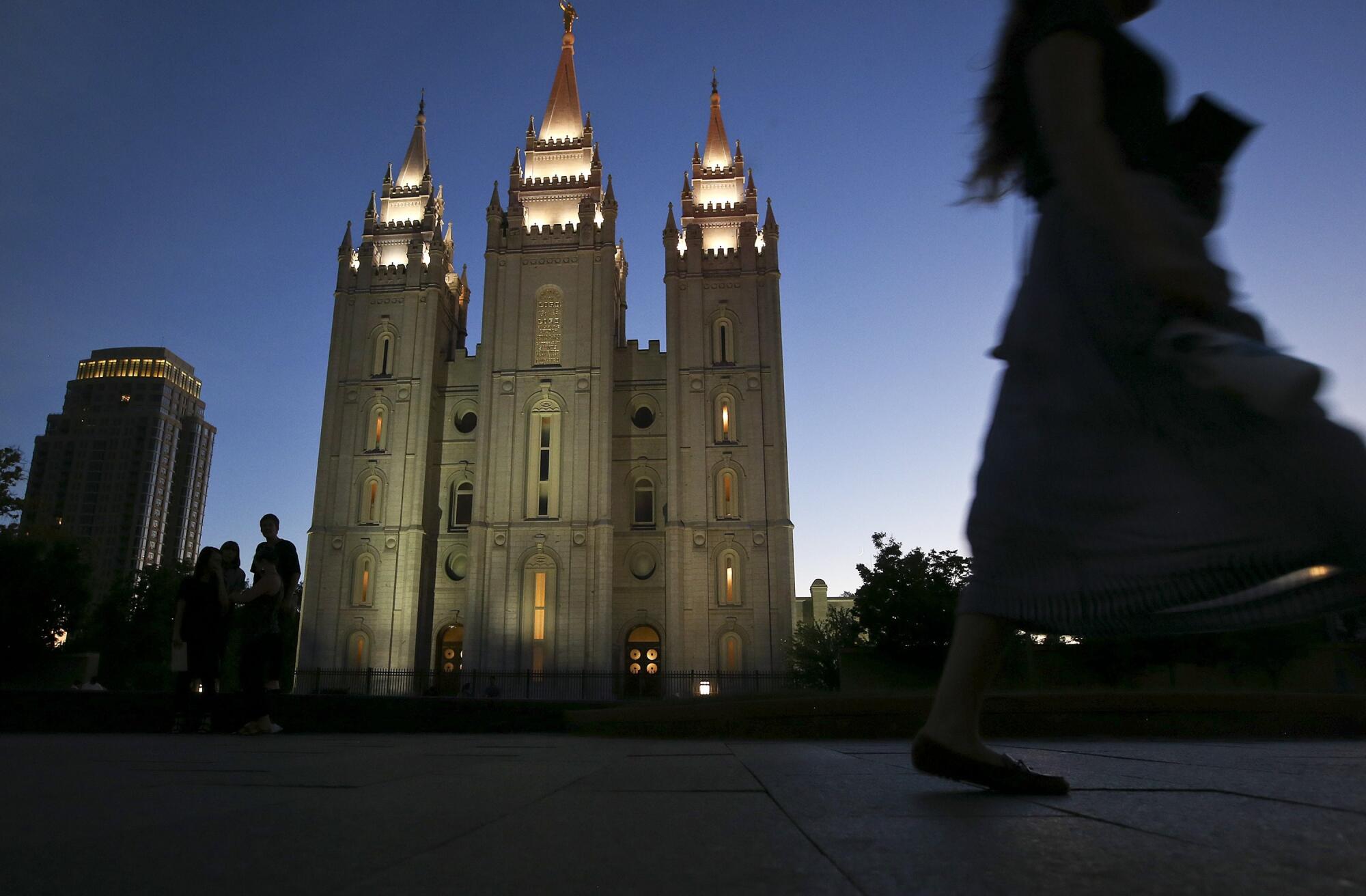
The Salt Lake Temple in Salt Lake City, Utah.
(Isaac Hale / For The Times)
Dr. David-James Gonzales, a ward leader and history professor at BYU who studies Latino civil rights and migration, notes that the political climate has shifted on immigration in 2025.
“This issue is one of the most polarizing issues nationally and it has split the Church,” he said, adding that it’s fair to question the way the statement is written. “If I’m analyzing it as a historian, it’s speaking to this moment that the Church needs to make clear to this administration that it’s not a sanctuary church.”
The Church does not release publicly any demographic data, but according to a 2009 Pew Research Center report, 86% of the Church’s membership is white. Latinos are some of the fastest growing members worldwide, thanks to missionary work in countries like Mexico, Brazil and Peru.
Yet despite the growth in Spanish-speaking wards and a more diverse Mormon community, many interviewed for this story still feel they face challenges of racism and belonging.
This January, Brigham Young University shut down its “Dreamers” resource hub for undocumented students, after facing backlash from state leaders who complained that their tithings — or 10% obligated donations to the Church — were being used for illegal immigrants. Nori Gomez, the founding member of the Dreamer resource center, said the program’s offices started receiving threatening phone calls. The university eventually removed the resource page.
“It was the highlight of my BYU experience,” she said. “But with how much universities are being attacked right now, I don’t agree with it, but I see why.”
Students like Izzy had found a sense of community among other DACA recipients through these online resources. Shutting the center down added another chilling effect for church members.
For former LDS leaders like Dr. Ignacio Garcia, a retired Latino studies professor and former bishop at a local Spanish-speaking ward, the Church’s silence has been disappointing.
“The Church’s struggle has a lot to do with some of its members, some of its very conservative white members,” Garcia said. “[These congregants] will love you as an individual member in your ward, but then go out and condemn all immigrants.”
In July, following hours of public comment from more than 100 community members opposing ICE’s presence in Utah, the Utah County Commission voted unanimously to enter a cooperative agreement with ICE to share data and work on a joint task force with local police. The county sheriff argued that a collaboration would allow more leeway for local officials to inject “Utah County values” into enforcement and public safety rather than allowing complete federal oversight.
Evelyn R. has worked as a trainer in Provo for young Mormons who are about to embark on their 18 to 24-month missions domestically and abroad. As a DACA recipient herself who previously served a Spanish-speaking mission in Georgia, she has overheard mixed feelings from attendees at the center about how undocumented people can even be baptized.
“[One girl said] you’re not really going to get anywhere with these people because they can’t get baptized. Because in order to be a member of the Church, you need to be abiding by the laws of the land, which is Article 12 of the faith,” Evelyn said.
Article 12 refers to a revelation written by Joseph Smith, stating, “we believe in being subject to kings, presidents, rulers, and magistrates, in obeying, honoring, and sustaining the law.” The article has guided members to be good citizens in their communities.
Evelyn said she had to ask her mission president if this was true. He reassured her that being undocumented did not gatekeep someone from belonging. It’s a stance that the First Presidency, the Church’s highest officials, also affirmed, saying that being undocumented should not itself prevent “an otherwise worthy Church member” from entering the temple or being ordained to priesthood, and calling upon congregation members to avoid being judgmental. As a convert to the Church and someone who comes from a diverse background, she said mixed responses like this were really hard to hear.
“God doesn’t care about our status or who we are, where we came from in order to be a member of the Church,” she said. Some days, she feels that she can identify as a member of the Church, but not necessarily as part of larger “Mormon culture” — one that might be predominantly white and more conservative on politics in Utah.
“We’re teaching principles and the doctrine of Christ,” she said. “I don’t think we’re necessarily learning how to apply those things.”

People pass portraits of previous members of the First Presidency before the 195th Semiannual General Conference of the Church of Jesus Christ of Latter-day Saints on Oct. 4.
(Isaac Hale / Associated Press)
Luna Alvarez-Sproul, 25, works as a school teacher in Draper, Utah, where she often translates documents into Spanish for parents. She spent 18 months serving a Spanish-speaking mission in Salmon, Idaho, where many ranch hands were seasonal employees from Latin America.
“As a missionary, we didn’t have to receive special permission from somebody in order to baptize an undocumented individual,” she recalled. “But there [are] so many members of our church that don’t believe that they should be here with their families, which I feel is contradictory in and of itself.”
When guidance can vary so much, some church leaders have taken a more locally-focused ward approach — such as delivering food aid to members, helping out with rent or even sharing personal contacts with immigration lawyers. But addressing topics like the ICE raids during a service is likely taboo.
“Leaders are trained and asked to be very careful about how they address it. And I think that puts them in a really hard situation, especially when they have members of their congregation that are affected by this,” Izzy said.
The frustration may also have to do with reconciling religious principles with the views that are held by many people in the Church.
Other members disagree about an institution-wide response. Julia, who asked to use a pseudonym due to her undocumented status, has seen firsthand the ways that individual actions have been kind to her.
“I don’t think the Mormon Church should be responsible for us. The gospel teaches us to be independent,” she said.
Utah also has infrastructure for many undocumented people to succeed in their daily life, she noted; it was the first state in 2005 to implement the “driver’s privilege card,” a driver’s license specifically for those who were undocumented, allowing them to commute to work and obtain insurance.

People wear “We Are Charlie” shirts at a vigil for political activist Charlie Kirk on Sept. 12 in Provo, Utah.
(Michael Ciaglo / Getty Images)
Just a few miles away in Orem, conservative influencer Charlie Kirk was shot at Utah Valley University during a debate less than a week before I conducted these interviews. Hundreds of students and local community members attended vigils, laying bouquets of fresh flowers and American flags alongside crosses and the Book of Mormon on university lawns. “If you want unity, say his name UV,” one poster said. Others were adorned with Bible verses as the air echoed with different Mormon hymns.
The LDS Church released a statement condemning the violence and lawless behavior.
Isa Benjamin Garcia spent some time reflecting on the week’s tragic events after the Sunday ward service. As a daughter of a Mexican immigrant, she became more worried when President Trump rescinded a Biden-era policy that excluded churches and schools from immigration raids.
“There’s a lot of rhetoric around violence, but it’s not acknowledged all the other violence that has been and is,” she said, referring to ICE raids, including an incident where a day laborer died after running away from ICE in California.
Other members echoed this sentiment. “Something I’ve been wrestling with over the last few months is why the Church doesn’t say, ‘This is wrong.’ Like this isn’t what Christ would have us do,” said Benjamin Garcia.
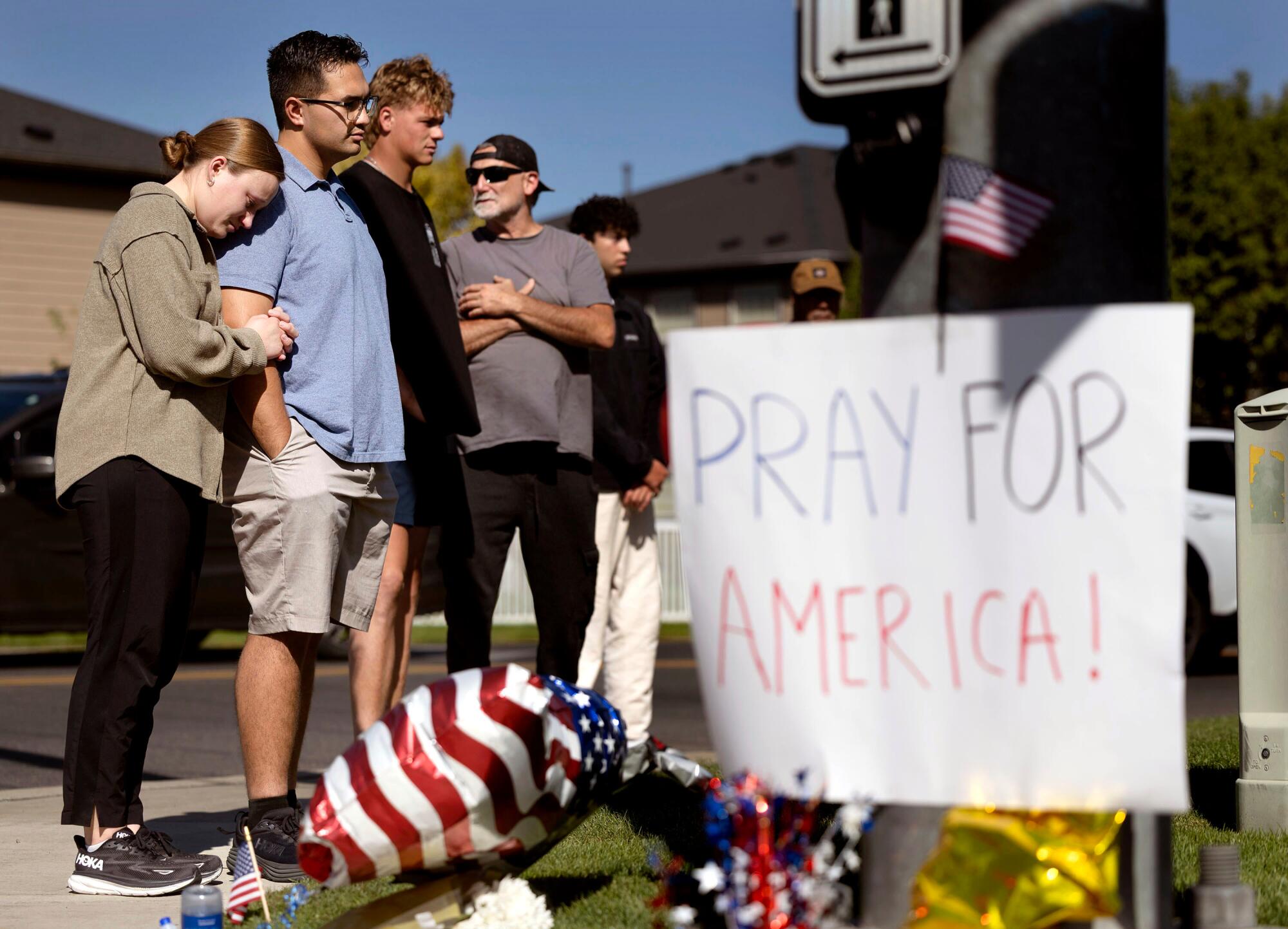
People visit a memorial honoring Charlie Kirk at Timpanogos Regional Hospital in Orem, Utah, on Sept. 11.
(Laura Seitz / Associated Press)
In August, BYU’s Office of Belonging launched an immigration-focused eight-week course to help people gain a “basic understanding of complex immigration policies.” The goal is to equip more nonprofit workers to become partially accredited to represent clients in front of United States Citizenship and Immigration Services.
Gonzales, the ward leader and professor at BYU, believes this step speaks volumes about the Church’s efforts, despite challenges earlier this year with the takedown of its Dreamer center.
“My heart was warmed seeing that,” he said. “BYU is a part of the Church and is a university that stands to help promote the Church’s ecclesiastical mission. I think that’s a form of messaging through one of its institutions.”
Ultimately, when facing these hurdles and different interpretations of what the Book of Mormon or the Church says, members focus on their relationship to the gospel.
“We also believe that we are the Church, and we believe that it is our responsibility to make it better. And that is what God is asking of us, and that’s what Christ is asking of us,” Benjamin Garcia said. She then paused.
“Despite feelings of frustration or questions, what keeps a lot of us here, despite any of that, is that we have a conviction.”
